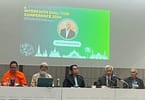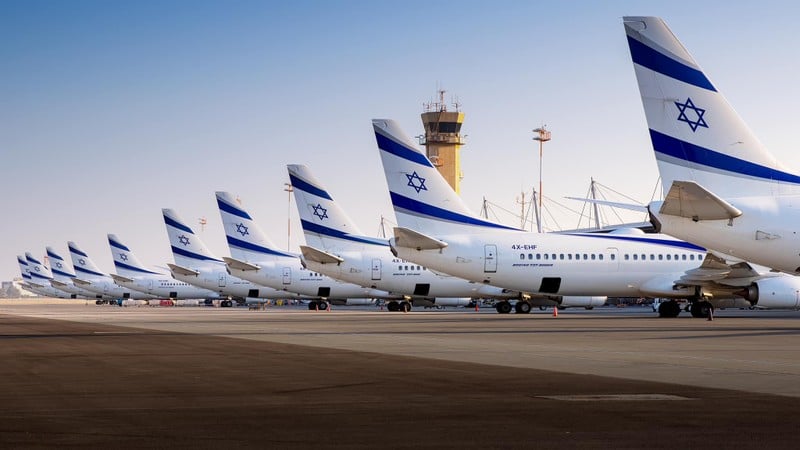TEGUCIGALPA, Honduras – Having and quantifying time is a subject that has fascinated man for eons. If we think about it we remember that the first solar clocks were used by many civilizations around the world, soon to be followed by sand and then shortly after, the almost perfect mechanical marvels that functioned with gears and weights. Knowing those mechanisms is not just interesting, but also allows one to judge the ingenuity of man over thousands of years. What would you think if we said that you could watch and learn the workings of the oldest clock in the world?
The Cathedral of Comayagua, formerly the capital of Honduras, has a clock that was built 914 years ago and most impressive of all, is still working. This clock, built by the Arabs in the year 1100, followed the road of the Spanish explorers, crossing the Atlantic Ocean to finally stop in Comayagua almost 400 years ago.
The arrival of the Spaniards in America brought with it a mixture of cultures and races, the foundation of cities and construction of magnificent works, some forgotten and others beautifully preserved such as the Colonial city of Comayagua. This is a city where time seems to have stopped and where the sound of the oldest bell on the entire continent can awaken us to a journey through the centuries: convents, churches, houses, streets, everything that as a whole is the passport to an unending history of a past full of memorable personalities, caudillos, caciques, Conquistadors, revolutionaries, rebels, dreamers, musicians, writers and poets.
Comayagua is located in a broad, fertile valley in the center of Honduras, a strategic location for communications with the entire country. This offered an advantage envisioned by the Spaniards in 1537 when they decided to found the village that preceded the city. From that time forward an enormous number of works were built, some of them original curiosities to this continent, such as the first sanitary services which were built in 1736. At that time this marvel, which makes daily life so comfortable for us today, were still not found in the most luxurious palaces of Europe.
To speak of Comayagua is to speak first of all of the Honduras Colonial, the Caxa Real, or currency exchange, a place that today has been restored and where we can still see in its walls the original inscriptions of its builders. There are also museums of all kinds where the visitor can learn about the indigenous past until the succession of the Conquest, public commemorative monuments and even the place where criminals were hung. There are dozens of churches and monasteries that are the mark of religious tradition that remain deeply rooted throughout the country. During Holy Week, the churches present their greatest galas in the form of processions that pass participants on giant carpets of sawdust and seeds. Don’t think that a car is necessary to tour all of these sites, a pair of comfortable shows are enough.
That past remains not just in the construct of its buildings, but in the families of Spanish descents who are part of the ethnic context of the city, where together with the natives, Criollos and mestizos, we see an enormous variety of customs, cuisines with delicacies to engage the palate from tamales to the exquisite pressed meat accompanied by pickles, a delicacy of Comayagua whose recipe is held in utmost secrecy as well as sweets, meringues and snacks, atol agrio (a beverage made of young corn) and homemade breads.
From September 26 to 28, Comayagua celebrates its National Independence, a colorful festival where the heart of a people is presented, just for you.
Cámara Nacional de Turismo de Honduras (CANATURH) is the National Chamber of Tourism of Honduras.
WHAT TO TAKE AWAY FROM THIS ARTICLE:
- That past remains not just in the construct of its buildings, but in the families of Spanish descents who are part of the ethnic context of the city, where together with the natives, Criollos and mestizos, we see an enormous variety of customs, cuisines with delicacies to engage the palate from tamales to the exquisite pressed meat accompanied by pickles, a delicacy of Comayagua whose recipe is held in utmost secrecy as well as sweets, meringues and snacks, atol agrio (a beverage made of young corn) and homemade breads.
- To speak of Comayagua is to speak first of all of the Honduras Colonial, the Caxa Real, or currency exchange, a place that today has been restored and where we can still see in its walls the original inscriptions of its builders.
- The arrival of the Spaniards in America brought with it a mixture of cultures and races, the foundation of cities and construction of magnificent works, some forgotten and others beautifully preserved such as the Colonial city of Comayagua.






















